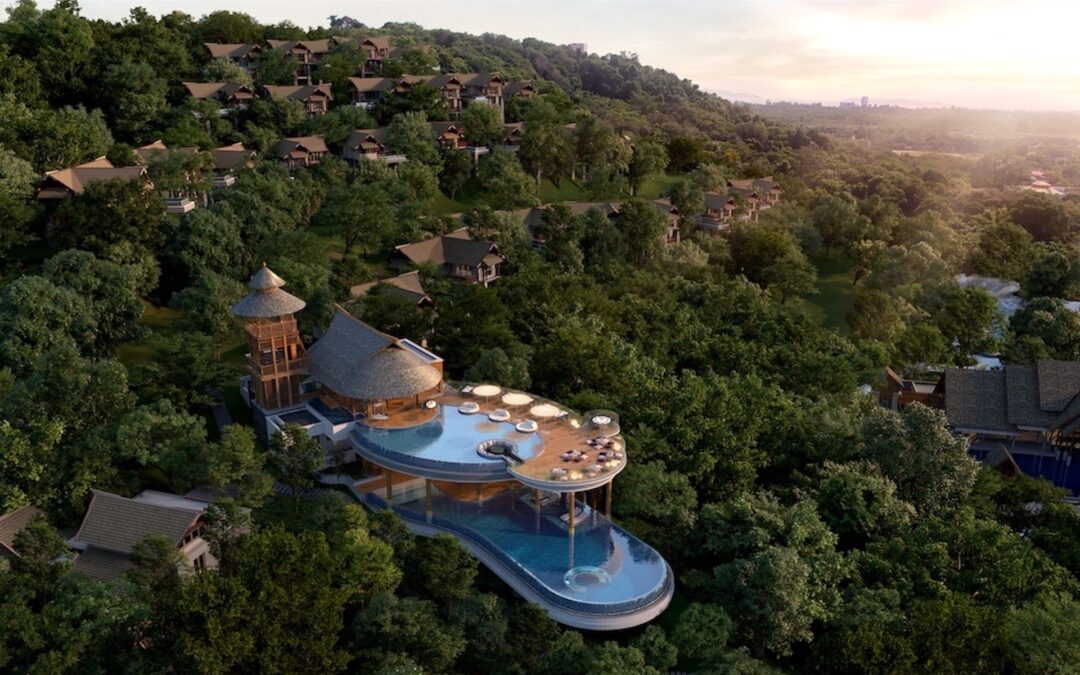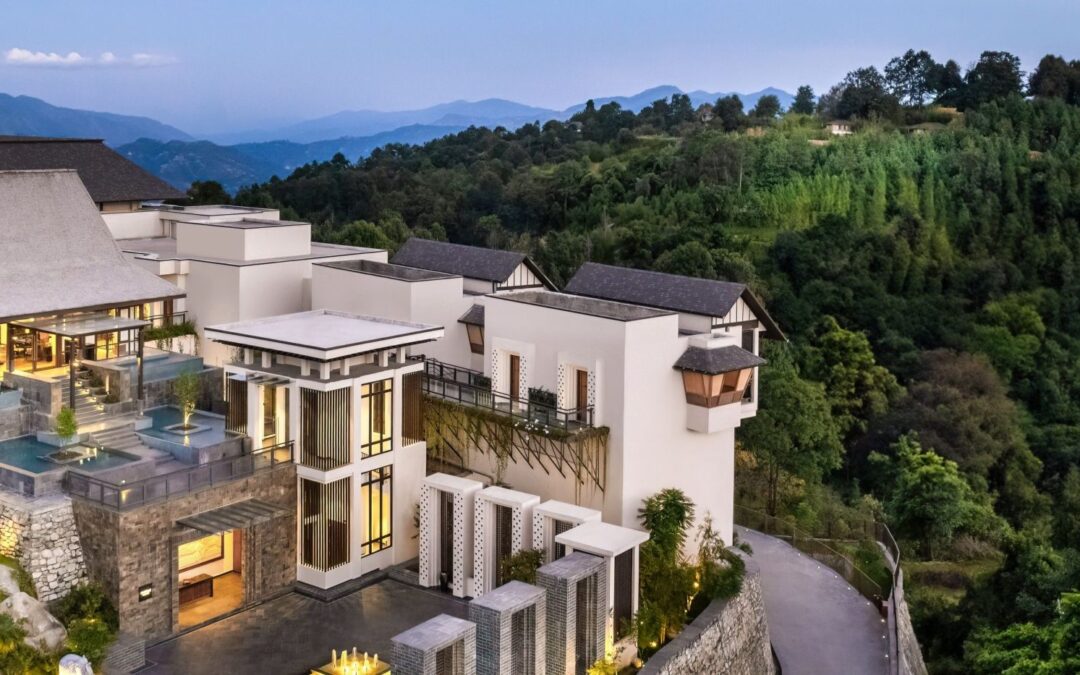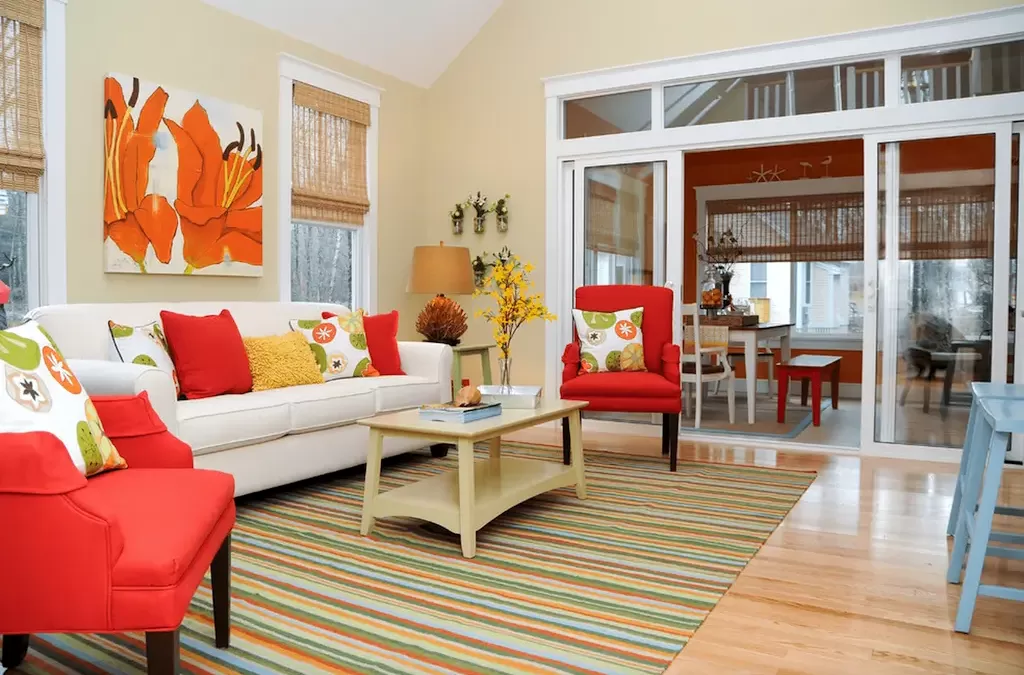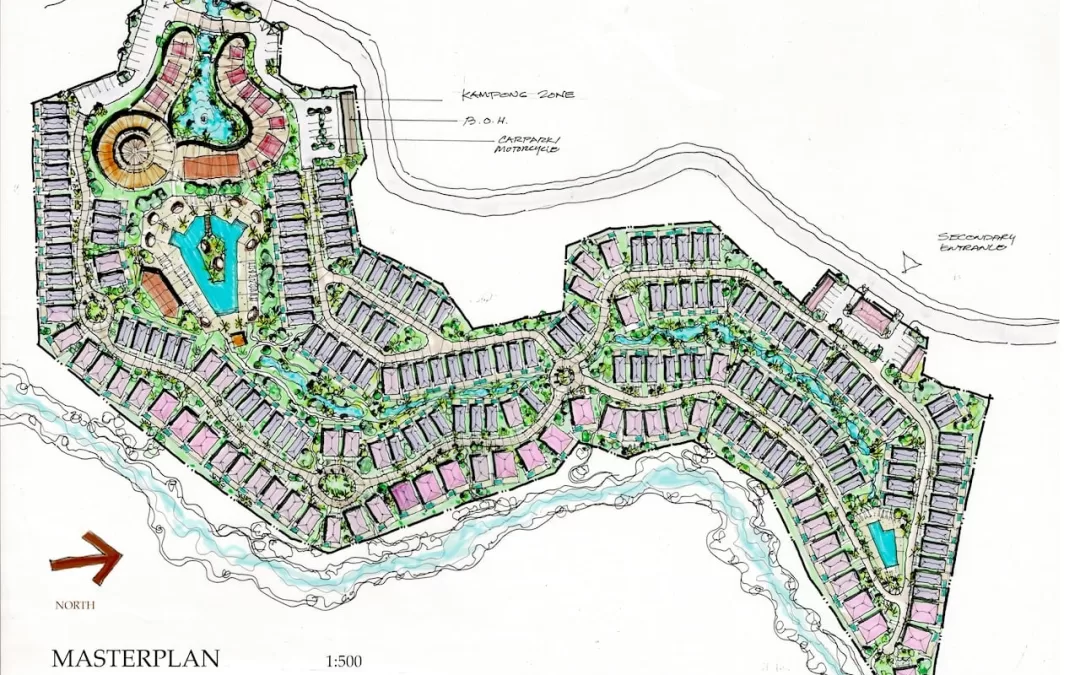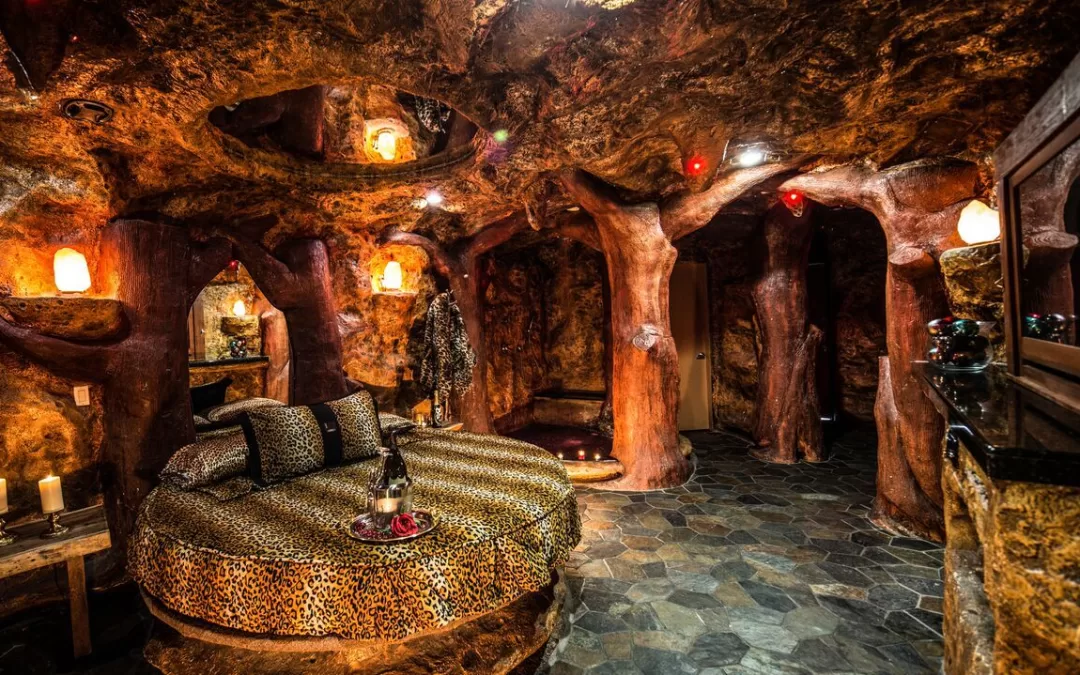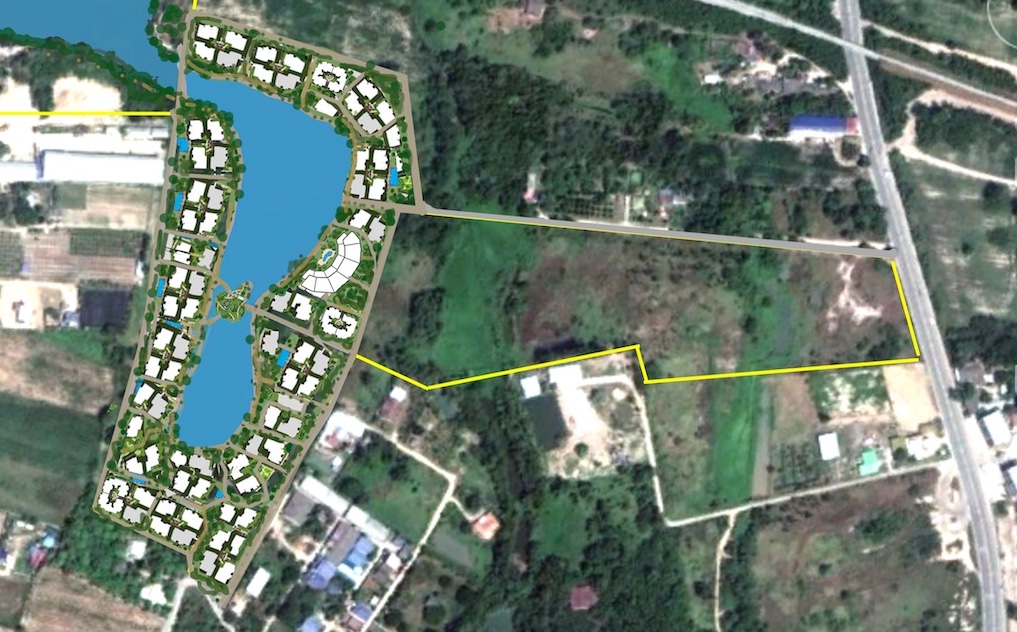What Thai culture teaches us about designing beyond the data. Read the full story here...
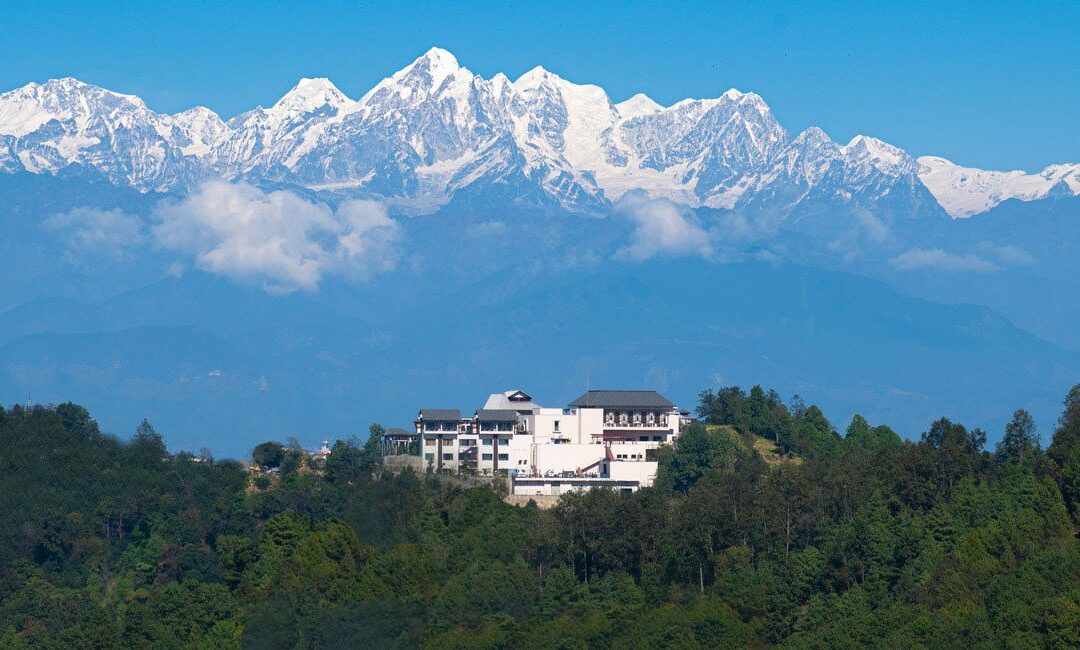
The Most Coveted Resorts in Asia 2025
The Most Coveted Resorts in Asia 2025 | Where Luxury Meets Local
In the vibrant landscape of 2025’s Asian hospitality scene, the boutique hotel revolution that began as a whisper has transformed into a roaring symphony. Looking back to the modest beginnings of this movement in the 1990s, few could have predicted how dramatically it would reshape the continent’s luxury accommodation sector.
Gone are the days when a few designer furnishings and an avant-garde bathroom were enough to qualify as “boutique.” Today’s Asian luxury traveler demands – and receives – an unprecedented fusion of traditional hospitality and cutting-edge innovation. The region’s most sought-after properties are pioneering advances in sustainability, technology, and cultural immersion that were unimaginable just a few years ago.
The major hotel chains that once dismissed these boutique innovators have been forced to radically rethink their approaches. From the intelligent AI concierges of Singapore’s newest boutique hotels to the zero-carbon luxury retreats of Bhutan, Asia’s independent properties are setting global standards for hospitality excellence.
Consider the recently opened Amara Kyoto, where centuries-old ryokan traditions merge seamlessly with quantum-encrypted room controls and personalized robotic assistance. Or the floating eco-pods of Thailand’s Koh Rong archipelago, where guests experience luxury amid breakthrough marine conservation initiatives.
The Da An in Taipei, once considered an outlier for its bold architectural choices, has evolved into a blueprint for urban Asian luxury, its rooftop vertical farms now supplying michelin-starred restaurants while its AI-driven climate systems set new standards for sustainable luxury.
These properties distinguish themselves not just through unique character but through superlative service and innovation. The modern Asian boutique hotel experience encompasses:
– Personalized AI concierge services integrated with traditional human hospitality
– Zero-waste luxury dining featuring hyperlocal ingredients
– Wellness programs combining ancient Asian healing traditions with advanced biomonitoring
– Cultural immersion experiences curated by local artists and historians
The competition among these properties has sparked a renaissance in Asian hospitality, with each new opening pushing the boundaries of what’s possible. For the discerning traveler in 2025, this means unprecedented choice and quality, where authentic local experiences meet world-class luxury in ways previously unimagined.
As we look toward the latter half of 2025, this evolution shows no signs of slowing. From the quantum-secured smart suites of Hong Kong to the floating eco-retreats of the Maldives, Asia’s boutique properties continue to redefine luxury hospitality for a new era.
[Author’s note: This piece has been updated to reflect the current state of Asian luxury hospitality in 2025, incorporating recent technological and sustainability innovations while maintaining the original article’s focus on the boutique hotel revolution.]
Transform your hospitality vision into reality. You can contact me via WA or below to explore how our integrated design services can create extraordinary spaces that define new standards in luxury hospitality.

The Most Coveted Resorts in Asia 2025
The Most Coveted Resorts in Asia 2025 | Where Luxury Meets Local In the vibrant landscape of 2025's Asian hospitality scene, the boutique hotel revolution that began as a whisper has transformed...
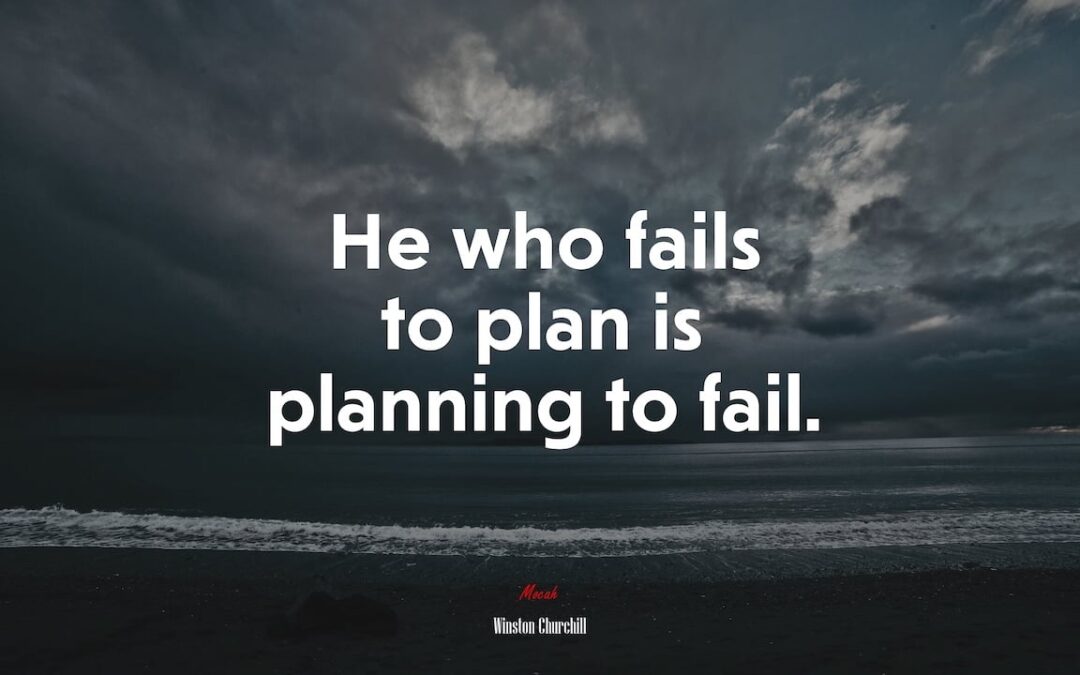
A Blueprint for Real Estate Success: Avoiding Common Pitfalls
FAIL TO PLAN, PLAN TO FAIL! The adage “If You Fail to Plan, You Plan to Fail” rings especially true in real estate. From luxury resorts to residential developments, successful projects require...
Create With Bert!
Got a project or an idea in mind? Let’s make it real.
What We Do
Our Outposts
Bangkok
Bali
Remote
WhatsApp Me!

